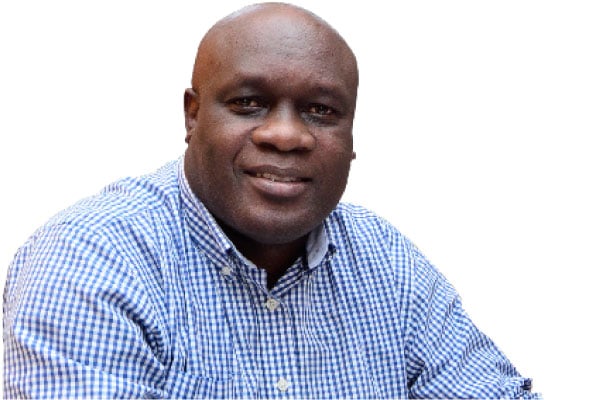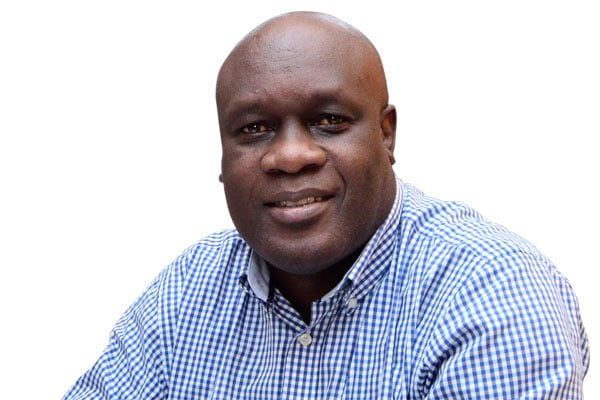
Odoobo C. Bichachi
Uganda is set to conduct a National Population and Housing Census on May 9, 2024. This will be the eleventh census since the country started conducting one. It will be the sixth in the post-independence period.
The earlier censuses were conducted in 1911, 1921, 1931, 1948, 1959, 1969, 1980, 1991, 2002 and 2014. The first census conducted in 1911 was of the Uganda Protectorate that extended to the eastern arm of the Great East African Rift Valley and included areas like Turkana, Naivasha, Kisumu, etc in present-day Kenya, and parts of present-day South Sudan.
It however excluded the southern part of the Lado Enclave (present-day West Nile) and the Kigezi region which was still part of the kingdom of Rwanda under German administration. Lado Enclave was part of the Congo Free State, a personal estate of the then Belgian king.
Henceforth, each national census has been conducted within the context of its time. The 1921 and 1948 were post-World War I & II census, and so was the 1980 one [post-Amin liberation war]. The 2002 one was the millennium census.
This year’s census has been framed as the “first ever digital census”, at least going by the media chants. Digital is one of the most bandied around words today. But it means many things and many Ugandans will be wondering what a digital census really is vs other census before. So I checked out the definition of “digital” to try and make sense of the labyrinth.
Google’s English dictionary (Oxford Language) defines it as: 1). (of signals or data) expressed as a series of the digits 0 and 1, typically represented by values of a physical quantity such as voltage or magnetic polarization. 2). (of a clock or watch) showing the time by means of displayed digits rather than hands or a pointer. 3). relating to a finger or fingers.
Confused? Wait! The Merrian-Webster.com has at least seven definitions. The one that perhaps most relates to what the census people and the media are talking about is, “…of, relating to, or utilising devices constructed or working by the methods or principles of electronics: ELECTRONIC digital devices/technology”.
Dictionary.com adds perhaps a clearer dimension, “…pertaining to, noting, or making use of computers and computerized technologies, including the internet: We are living in an increasingly digital world.”
I was a little boy when the 1980 census was conducted, and a young adult at the time of the 1991 census. Census enumerators came to homes armed with clip-boards, pencils and pens. I am not sure how the journalists – and officials – then framed those two censuses but if they were of the mind of today, then those were “clip-board or pencil census”. I suspect the 1911 enumerators used rudimentary tools such as dropping a cowrie shell or a small stick in a container for every human being counted, in which case that would have been reported – using today’s thinking – as perhaps the “first ever cowrie shell or stick census”. By the same inference, you can baptise each of the 10 national population censuses Uganda has carried out. I suspect the 2002 one was a “notebook census”! Any one remembers the tools used in the 2014 census? Tablets? Smart phones?
Digital technology has been evolving fast over the last few decades and I can almost bet an arm and a leg that during the 2001 and 2014 census, the collected population data was entered into computers for analysis (computer census?). That is digital technology of sorts.
So digital tools have been evolving. The next population census [2034] may perhaps simply involve drones flying around villages as census officials sit behind big screens watching Artificial Intelligence (AI) click at every human object identified by the drones. Will that be a drone census or AI census? Anyway, by census organisers giving hype to the tools to be deployed and the media simply picking it up and bandying it around, we are falling for the form over substance and while at it creating confusion among less discerning Ugandans. What is going to take place is a national population and housing census. While it may employ the latest digital tools (which is the context of our time), it is a misnomer to refer to it as a digital census.
Journalists can, therefore, focus more on the parameters the census seeks to capture, new areas of documentation, its importance, etc not official banter.
Send your feedback/complaints to
[email protected] or
call/text on +256 776 500725.




